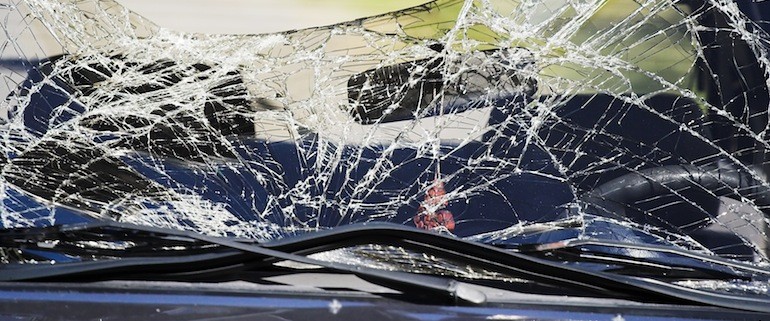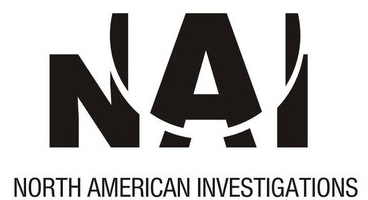
On June 18, 2013, Michael Hastings died in a high-speed automobile crash. A prolific journalist known for his scathing criticisms of the U.S. government, his death inevitably drew questions.
Did some government agency kill Hastings to prevent his next big story, or was he merely the victim of a random car accident? Even though the Los Angeles Police Department (LAPD) currently does not suspect foul play, many people believe otherwise.
Solving the Michael Hastings Case: How a PI Could Do It
If recent reports are true, then Hastings’s wife has hired a private investigator (PI) to look into the death of her husband. That’s a smart move. Having a PI investigate the crash gives her the opportunity to verify the conclusions drawn by other investigators. But more importantly, a PI could solve the case by uncovering evidence other people have missed.
A PI can go about the investigation of Hastings’s death in different ways. But the following are some of the options that any skilled investigator would explore.
Investigate the Scene of the Accident – Private Investigator Michael Hastings Investigation
According to the traffic investigators’ reports, Hastings’s accident does not appear to be the result of foul play. What this means is that at 4:30 am, a man in his early 30s, who had been sober for over 60 months, somehow drove his car at its “maximum speed” into a tree.
An investigator’s first task would be to visit the scene of the crash to establish the course of events. Did Hastings run into a tree, or was there a bomb explosion—as some eyewitnesses have claimed? There are different ways to verify or disprove these theories. Depending on the placement and size of the charge, a bomb explosion may leave some evidence.
The investigator would use the traffic report to chart out the car’s motion and the feasibility of the conclusion. An investigator would also inspect the vehicle for possible signs of tampering. If Hastings did indeed drive his car into a tree, it may have been because the car was sabotaged in some way. The fuel could have been compromised or the driving system hacked.
Because the car became engulfed in flames shortly after its crash, finding evidence will understandably be hard. However, it is possible.
Interview the Parties Involved in the Case
Since Hastings’s death, several odd details have drawn concerns from the public. For instance, it is reported that Hastings’s body was burned shortly after the autopsy, even though the family had requested that it be sent home. If this is true, it rules out the opportunity for the family to conduct its own autopsy.
To get a clearer picture of the case, a private investigator would interview the different parties involved. A detective would meet with the coroner to determine why the body was burned.
Was there a mix-up in communication, or did someone send false instructions, pretending to be the family? If the coroner received instructions to burn the body, how were the orders delivered—by email, over the phone, or in person? If it came by one of the first two methods, the PI would try to identify the source.
A skilled PI would also interview the witnesses and first responders at the crash site. Some witnesses reported seeing the car a few seconds before the crash. Knowing the events that occurred before and after the crash would help shed some light on the theories of the case.
For instance, if the car drove directly into a tree, it could disprove the notion that a bomb had been used, since the force of the explosion would likely have lifted the car a few feet off the ground.
Screen and Evaluate Electronic Data
To gain insight into the life of Hastings, a skilled PI would hunt for digital echoes left by the deceased journalist—starting with videos. Footage of the burning car has already been found online, but there may be more videos out there. Most of the streets around the crash site had video cameras. One of them may have captured important evidence that could be used in solving the case.
In addition to searching for video cameras, private investigators may also try to access Hastings’s most recent phone calls. This is done to find out whom he talked to in the days leading to his death. For added thoroughness, his computer and phone would be checked for traces of a possible bug.
Obtain and Review the Police Report
A common misconception is that private investigators work outside the limits of the law. A private investigator may conduct an independent investigation, but a good PI does this in tandem with the police.
As well as conducting their own investigations, skilled private investigators understand the merits of obtaining the police report. It offers additional insight into the case. In many cases, reviewing the police report may bring to light some crucial element that an officer missed. Identifying the areas covered by the police investigation will also make it easier for the PI to plan the course of his or her investigation.
Search for Possible Causes
If Hastings’s death was not an accident, then there must have been a reason why he was killed. Who had motive?
One of the leading theories is that Hastings was working on a story that exposed a high-up government official working in a state agency, such as the CIA or NSA. To protect his wife, the theory suggests, Hastings made the conscious effort not to disclose his story with his family—but he did reveal the details to a lawyer.
By speaking with an attorney, a PI will be able to gain important insights about the people who stood to gain the most from Hastings’s death. Talking with the lawyer may not lead the investigator directly to the truth, but it could narrow the list of suspects.
The Bottom Line
When a prominent journalist dies in suspicious circumstances, there are bound to be questions. Good answers do not come easily, though. Sometimes police cases remain open for years.
A private investigator offers an effective alternative. Combined with the resources of the police, the efforts of a PI could be priceless. Hopefully, if Michael Hastings’s death was a result of foul play, the police and his family’s PI can work together to uncover the truth.



